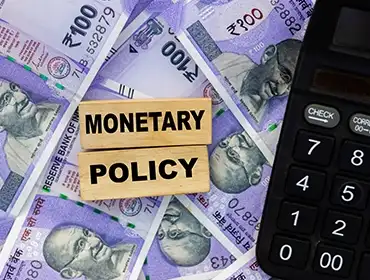In May 2016, the RBI Act, 1934 was amended to provide a statutory basis for the implementation of the flexible inflation targeting framework.
Inflation Target: Under Section 45ZA, the Central Government, in consultation with the RBI, determines the inflation target in terms of the Consumer Price Index (CPI), once in five years and notifies it in the Official Gazette. Accordingly, on August 5, 2016, the Central Government notified in the Official Gazette 4 per cent Consumer Price Index (CPI) inflation as the target for the period from August 5, 2016 to March 31, 2021 with the upper tolerance limit of 6 per cent and the lower tolerance limit of 2 per cent. On March 31, 2021, the Central Government retained the inflation target and the tolerance band for the next 5-year period – April 1, 2021 to March 31, 2026.
Section 45ZB of the RBI Act provides for the constitution of a six-member Monetary Policy Committee (MPC) to determine the policy rate required to achieve the inflation target.
Failure to Maintain Inflation Target: The Central Government has notified the following as the factors that constitute failure to achieve the inflation target: (a) the average inflation is more than the upper tolerance level of the inflation target for any three consecutive quarters; or (b) the average inflation is less than the lower tolerance level for any three consecutive quarters.
o Where the Bank fails to meet the inflation target, it shall set out in a report to the Central Government:
a. the reasons for failure to achieve the inflation target;
b. remedial actions proposed to be taken by the Bank; and
c. an estimate of the time-period within which the inflation target shall be achieved pursuant to timely implementation of proposed remedial actions.
The operating framework of monetary policy aims at aligning the operating target – the weighted average call rate (WACR) – with the policy repo rate through proactive liquidity management to facilitate transmission of repo rate changes through the entire financial system, which, in turn, influences aggregate demand – a key determinant of inflation and growth


















